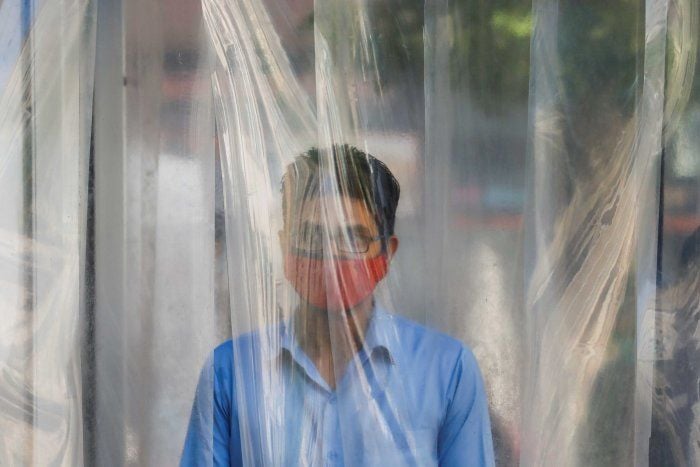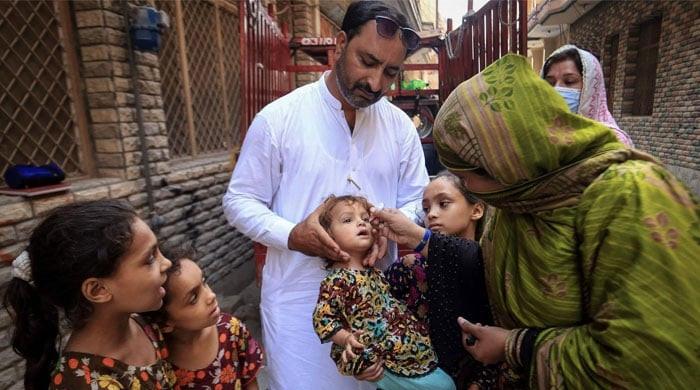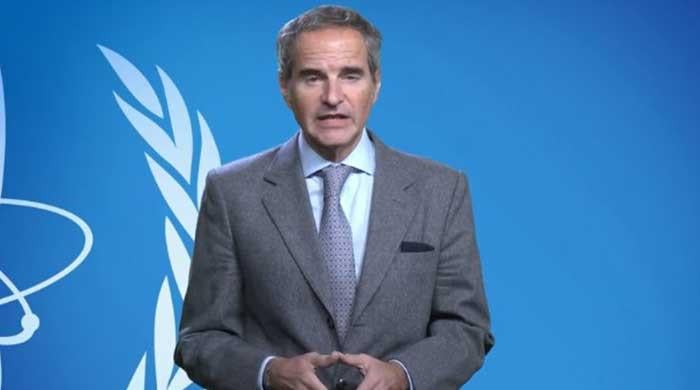Coronavirus: second lockdown 'inevitable' as officials fear Pakistan running out of options
Pakistan records over 1,123 new COVID-19 cases in a day — highest since in over three months
November 02, 2020

LAHORE: Pakistan could be headed for a second nationwide lockdown if coronavirus infections keep spiking and people continue to ignore safety guidelines, health officials have warned.
Speaking to Geo.tv, Director of General Health Services Islamabad Dr Hassan Orooj regretted that the public is not following COVID-19 SOPs, adding that a second lockdown now seems "inevitable".
Pakistan imposed a countrywide lockdown on March 24, but began easing it 21 days later, even as COVID-19 cases were surging in the country. The deadly virus reached its peak in mid-June, when over 6,000 infections were recorded in a day with over 100 deaths.
Still, Prime Minister Imran Khan, who frequently spoke against strict lockdowns stressing the economic impact on daily wagers, announced the reopening of industrial and commercial sectors in phases with government-mandated health guidelines.
The country nonetheless saw a sharp decrease in COVID-19 cases in August, with as few as 213 new cases reported on August 30. Following this, the government decided to allow educational institutes to reopen from mid-September.
By October, infections were on the rise again.
Second wave
On Sunday (yesterday), Pakistan recorded 1,123 new Covid-19 cases in a single day — the highest in over three months. The tally is similar to numbers recorded in late April and early May across the country, when the first lockdown was already in place.
In a recent interview with Dawn TV, Dr. Faisal Sultan, the special assistant to the prime minister on health, admitted that the country is in the grip of a new wave of the virus.
“The second wave is here in Pakistan,” he said. “The trends are not very good.”
Dr Orooj agreed with the assessment.
“Pakistan has been in the second wave for quite some time now,” he explained, “Take Islamabad: the cases jumped from 30 on October 1 to 250 on October 31.
Separately, Pakistan’s positivity rate has also registered a steady increase.
On Sunday, the positivity rate was 4.02%, as per the official tally. Although, the percentage is much below the World Health Organization’s (WHO) threshold of 5%, it is still the highest recorded since early August.
Health officials insist that if people follow guidelines such as wearing face masks in public spaces and the government relaunches a mass awareness campaign about the virus, another lockdown can be avoided.
In Punjab, retired Capt Muhammad Usman Younis, secretary at the Primary and Secondary Healthcare Department, said “micro-smart lockdowns” and effective home isolation of positive patients in the province has kept the situation contained so far. But a positivity ratio of above 10%, an increase in hospital admissions and the usage of ventilators “may trigger lockdowns” in cities.
"The decision to impose lockdown on national or provincial levels will require assessment of how extensive the positivity rate increase is among multiple cities," he said.
But Dr Orooj said that the positivity rate is not the only indicator to take into consideration when deciding on a lockdown.
“The trends are also very important,” he said, “If the cases are increasing by leaps and bounds but the positivity remains low due to Pakistan’s large population then that is a statistical problem. If the cases are increasing three-folds or five-folds in 15-20 days then you have a case for a second lockdown.”
Some countries which have already imposed a second lockdown to date include Israel, France, Germany and the United Kingdom.









